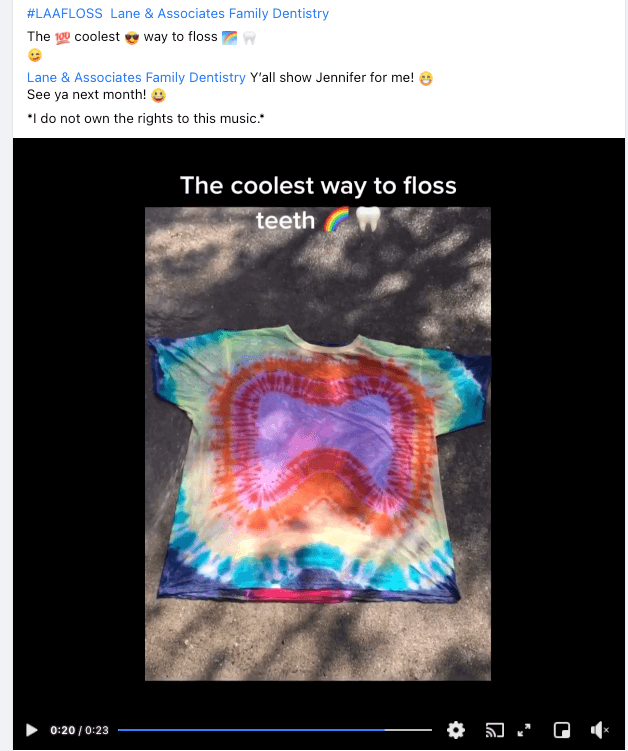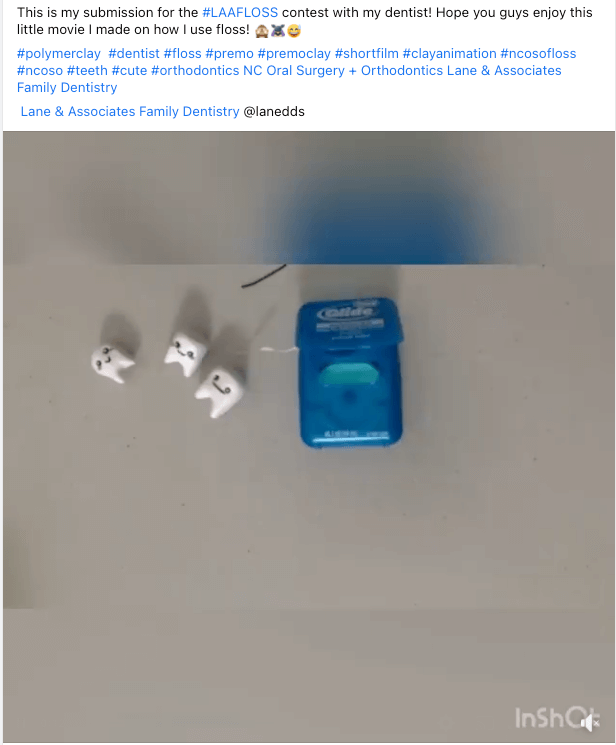Are you seeing red when you floss those pearly whites?
We’ve probably all experienced it: You brush like you always have, swish and rinse. Then you pull out a length of that innocent-looking white string and begin to floss. You’ve hardly started when you notice your drool is turning pink, then crimson. What’s going on? It’s like that flimsy little strand turned into a lethal weapon—and your gums are the victim.
To worry or not to worry
Bleeding gums are definite evidence that something’s amiss in your mouth. Assuming you’re not attacking your gums with floss like a lumberjack trying to take down a tree, it probably isn’t caused by flossing too hard.
Bleeding gums can be a sign of gingivitis, the first stage of gum disease. When remnants of food, the bits you cannot reach with the bristles of your toothbrush, are left between the teeth, they quickly start to colonize and turn into a film of sticky bacteria that becomes plaque. The plaque, in turn, irritates your gums, causing inflammation and swelling.
The good news is that the condition is reversible.
Keep on flossing
When you notice your gums bleeding during flossing, you might think it’s better to quit and let your gums heal. Actually, you should do just the opposite.
Continue with gentle flossing every day, and in a week or so you should see improvement. Healthy gums don’t normally bleed. If the bleeding doesn’t stop after a period of flossing daily, make an appointment with your dentist. You could have a buildup of tartar that you’re not going to be able to brush away or some other issue with your gums.
And while you’re at the dentist’s office, it’s a good idea to check with your dental hygienist on the proper flossing technique. Incorrect flossing can lead to gums that bleed simply because you aren’t effectively removing the plaque between the surfaces of your teeth.
Other causes of bleeding while flossing
If you’re new to flossing, your gums are most likely going to bleed. Think of it like exercising. The first couple of times you work out your muscles are sore. But with time and regular workouts, the soreness (like the bleeding) disappears.
Vitamin deficiencies from poor nutrition can also cause the gums to bleed. Try to cut back on eating processed foods and nourish not only your gums but your entire body with a diet of healthier whole foods—fruits, vegetables, grains, meats, fish and dairy.
And if there weren’t already enough reasons to quit smoking, use of tobacco products negatively impacts your oral health and can contribute to bloody gums.
A healthy habit for life
According to the American Dental Association, flossing is an important part of your daily oral routine and can reduce the chance of gum disease and cavities.
But recently there’s been some discussion about the best time to floss. Before or after brushing? The strongest argument seems to support before simply because you will be more likely to do it. And if you regularly do it, you’ll have healthy gums. And that’s something to smile about.
If your gums are bleeding regularly and the above information isn’t putting your mind at ease, contact Lane and Associates Family Dentistry today to set up an appointment and let us help.







